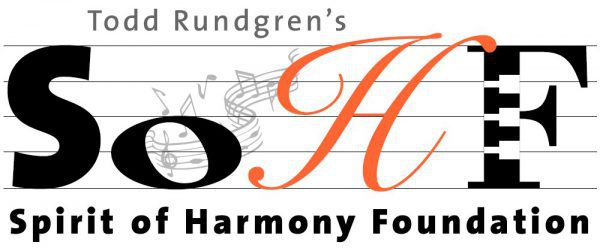The Spirit of Harmony Foundation’s Best Practices:
Instrument-based music education for children, beginning at as young an age as possible, ideally for a minimum 4 hours per week, for a minimum of 2 years.
1) Instrument-based music education.
“…We conducted an independent evaluation of biological effects of participating in Harmony Project by following a cohort of children for 1 year. Here we focus on a comparison between students who actively engaged with sound through instrumental music training vs. students who took music appreciation classes. All children began with an introductory music appreciation class, but midway through the year half of the children transitioned to the instrumental training. After the year of training, the children who actively engaged with sound through instrumental music training had faster and more robust neural processing of speech than the children who stayed in the music appreciation class, observed in neural responses to a speech sound /d/. The neurophysiological measures found to be enhanced in the instrumentally-trained children have been previously linked to reading ability, suggesting a gain in neural processes important for literacy stemming from active auditory learning….”
Auditory learning through active engagement with sound: biological impact of community music lessons in at-risk children, Nina Kraus, Jessica Slater, Elaine C. Thompson, Jane Hornickel, Dana L. Strait, Trent Nicol and Travis White-Schwoch, Frontiers in Neuroscience, November 2014.
http://journal.frontiersin.org/article/10.3389/fnins.2014.00351/full
2) Music education at the earliest possible age.
There is a window of time between the ages of 4 and 8 when the potential for development of the musical ear in young children is the greatest. The younger children are when they begin their musical involvement the more musical they will become.
“…Edwin Gordon has identified early childhood as the period of developmental music aptitude (1988). During these years, music potential or aptitude, which is based on the complex construct of audiation, is in a state of change. Because of this state of change, the child’s musical aptitude is vulnerable to positive or negative influences through both instruction and environment. Without sufficient stimulation and exposure, a child has little with which to experiment and learn through his or her musical play. The most typical negative influence on developmental music aptitude is simply neglect. Hence, the inborn potential for musical growth may actually atrophy….”
The Importance of Music in Early Childhood, Lili M. Levinowitz, General Music Today, Fall 1998. Also, Learning Sequences in Music: Skill, Content, and Patterns, Edwin Gordon, Chicago: G.I.A., 1988.
3) Music education administered for a minimum 4 hours per week.
“…Instrument and ensemble opportunities vary based on teacher and program availability but typically include at least 4 hours per week of group instrumental instruction. For the students involved in this research study, once they began instrumental classes they continued their training on that same instrument for the duration of the study….”
Research report – Music training improves speech-in-noise perception: Longitudinal evidence from a community-based music program, Jessica Slater, Erika Skoea, Dana L. Strait, Samantha O’Connell, Elaine Thompson, Nina Kraus, Behavioural Brain Research, 2015.
http://www.brainvolts.northwestern.edu/documents/Slater%20et%20al%20BBR2015.pdf
4) Music education practiced for a minimum of 2 years.
“…We partnered with Harmony Project, a community mentorship foundation that provides free music instruction to gradeschoolers from Los Angeles gang reduction zones. After two years –but not one—music training engendered subtle but meaningful improvement in their brains’ reaction to speech, a measure closely related to literacy and listening outcomes. Engagement influenced improvement, with more active students (those who played an instrument for instance, in contrast to those who took music appreciation classes) making greater gains. Moreover, in contrast to the control group whose literacy performance declined (as expected for low SES students), a possible similar dip was buffered by music training, with music students staying on track with national norms. Finally, the ability to understand speech in noisy backgrounds also improved in the music group….”
Neuroeducation: From the lab to the classroom, Auditory Neuroscience Laboratory, Northwestern University, Nina Kraus, 2015.
http://www.brainvolts.northwestern.edu/projects/neuroeducation/index.php
